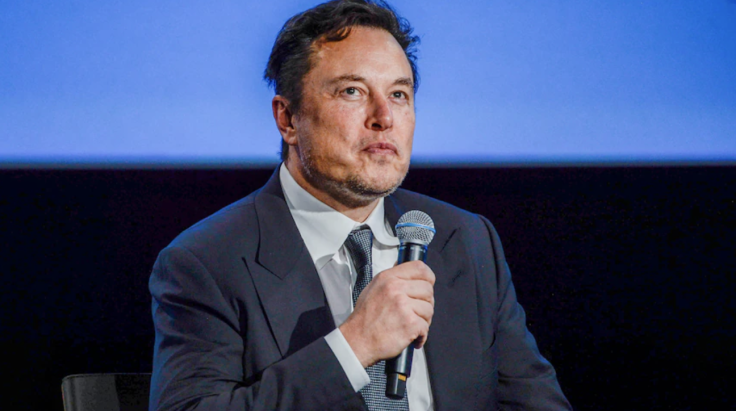
The spectacular explosion of SpaceX's new Starship rocket minutes after it took off on a first flight test is the most recent striking example of a "successful failure" business model that benefits Elon Musk's company, experts said on Thursday.
Experts claimed that rather than being viewed as a setback, the abrupt loss of Musk's massive, next-generation Starship system would hasten the development of the vehicle.
Media coverage of the eagerly awaited launch was dominated by images of the Starship spinning out of control while attached to its Super Heavy rocket booster before the entire vehicle exploded.
SpaceX admitted that three of the 33 very effective Raport engines on the Super Heavy had issues during ascent and that the booster rocket and Starship had not been able to separate as intended before the unfortunate voyage was aborted, Reuters reported.
However, SpaceX officials, including Musk, the company's founder, CEO, and chief engineer, praised the test flight for accomplishing the main goal of getting the vehicle off the ground while also delivering a plethora of information that would improve Starship's development.
The test flight has advantages, according to at least two planetary scientists and aerospace engineers who spoke with Reuters.
"This is a classical SpaceX successful failure," said Garrett Reisman, an astronautical engineering professor at the University of Southern California who is a former NASA astronaut and is also a senior adviser to SpaceX.
The Starship test flight, according to Reisman, is a defining feature of a SpaceX approach that distinguishes Musk's business from conventional aerospace firms and even NASA by "this embracing of failure when the consequences of failure are low."
In order to prevent potential injuries or property damage on the ground from falling debris, no astronauts were on board during the crewless mission, and the rocket was flown almost entirely over the sea from the Gulf Coast Starbase site in south Texas.
"Even though that rocket costs a lot of money, what really costs a lot of money are people's salaries," Reisman told Reuters in an interview hours after Thursday's launch.
Reisman claimed that by taking more chances during the development phase as opposed to retaining "a large team working for years and years and years trying to get it perfect before you even try it," SpaceX ultimately saves more money and has a shorter time to find and fix engineering issues.
"I would say the timeline for transporting people (aboard Starship) is accelerated right now compared to what it was a couple of hours ago," Reisman said.
Tanya Harrison, a planetary scientist and fellow at the University of British Columbia's Outer Space Institute, cited the maiden flight of such a big, complicated launch system as a notable accomplishment for clearing the launch tower and ascending through a crucial point known as maximum aerodynamic pressure.
In an interview, she stated, "It's part of the testing process." "There are a lot of accidents that happen when you're trying to design a new rocket. The fact that it launched at all made a lot of people really happy."
She claimed that compared to the significant advantages at stake, the hazards of a single flying test were negligible.
"This is the biggest rocket that humanity has tried to build," she said, adding that it is designed to carry "orders of magnitude" more cargo and people to and from deep space than any existing spacecraft.
Harrison said that while NASA is working on a mission to bring back kilogram-sized samples of Martian soil and minerals that the Mars Perseverance rover has collected, Starship will bring back many tons of rock as well as transport dozens of astronauts and entire lab facilities to and from the moon and Mars.
Commercial satellites, science telescopes, and eventually paying space visitors are anticipated to use the totally reusable rocket system to travel to other planets, according to Musk, who has positioned Starship as essential to SpaceX's interplanetary exploration objectives as well as its more immediate launch business.
Harrison stated that "it wouldn't surprise me if we had humans on Mars with Starship in the next decade."
He cited SpaceX's quick rate of development since its foundation in 2002, which has led to dozens of commercial missions each year with its workhorse rocket for low-Earth orbit, the Falcon 9.
© 2025 Latin Times. All rights reserved. Do not reproduce without permission.




